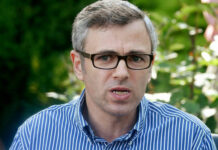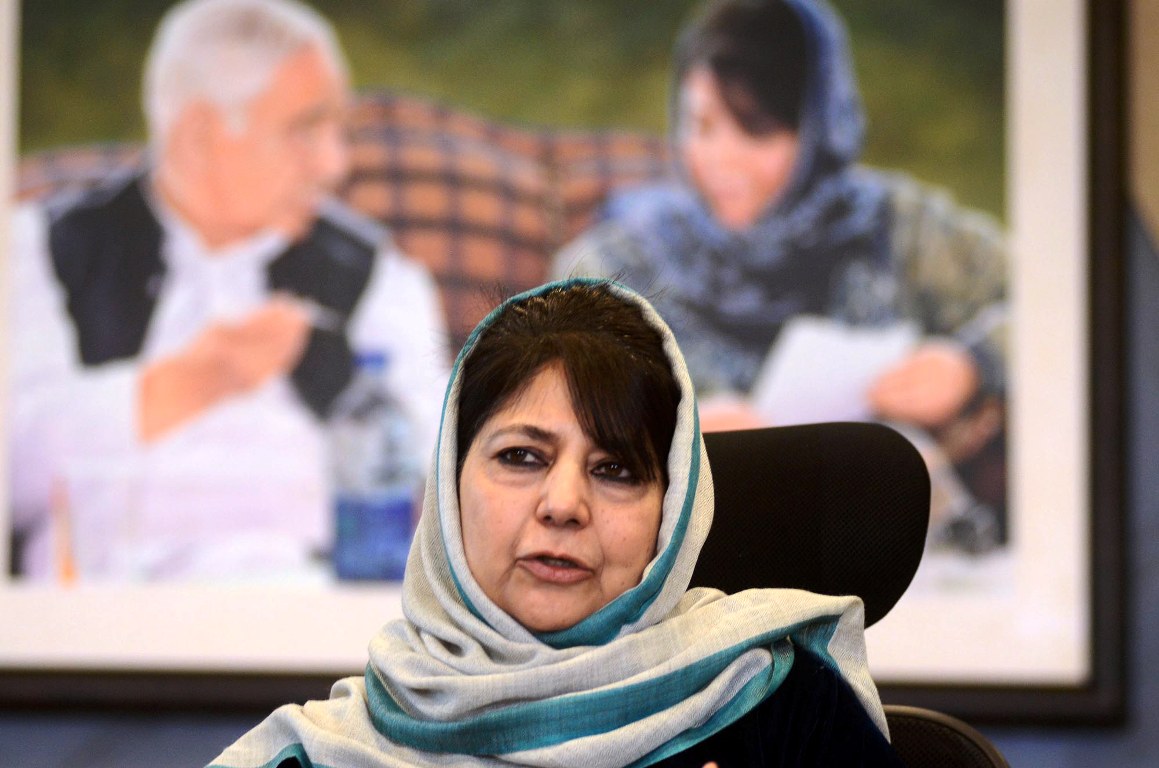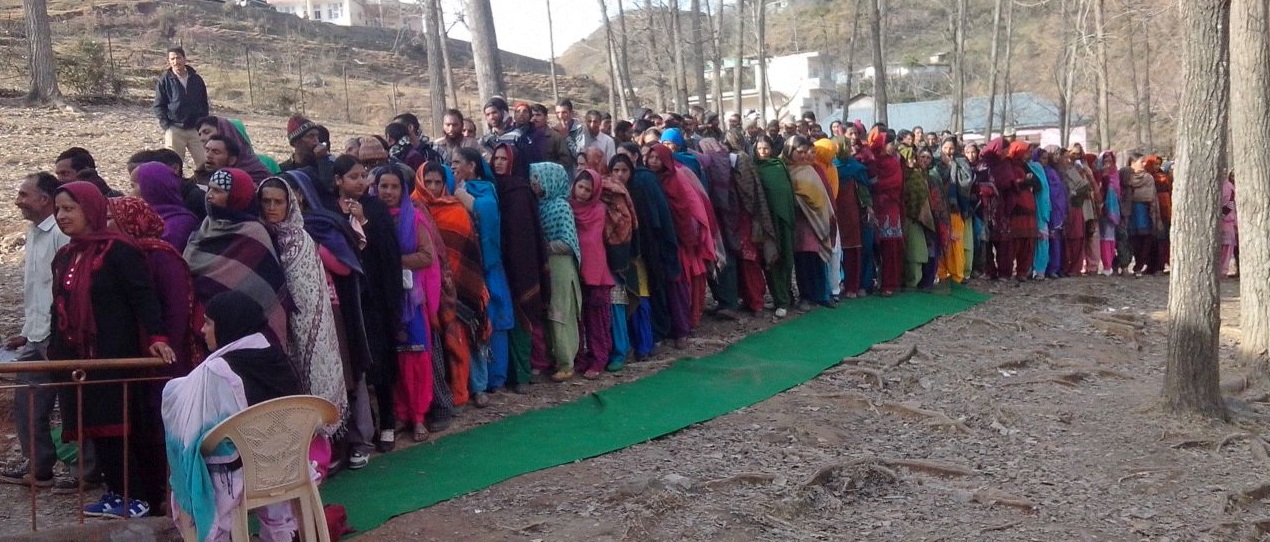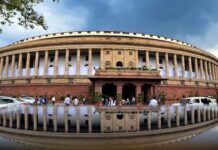KL NEWS NETWORK
SRINAGAR
In order to halt massive pro-freedom demonstrations by the people in Kashmir, who were to submit a memorandum to United Nations Military Observers Group in India and Pakistan (UNMOGIP), army opened fire at Zakoora crossing and Tengpora bypass in Srinagar, killing 26 and 21 peaceful demonstrators, respectively. The killings occurred on the fateful day of March 1st 1990.
A detailed account of this massacre appeared in March 31, 1990 issue of the Bombay based Economic and Political Weekly, which reproduced the text of “India’s Kashmir War” by a team of four members Tapan Bose, Dinesh Mohan, Gautam Navlakha and Sumanta Banerjee of the Committee for Initiative on Kashmir. The Committee members while holding Jagmohan responsible for these massacres wrote that: “Jagmohan’s return to Jammu and Kashmir as governor signalled the unleashing of state repression on a massive scale. The government’s tendency to treat mass demonstrations as the handiwork of Pakistani agents and use indiscriminate force against the people has alienated the Kashmiri public from India and pushed them into the arms of militants. To make matters worse Jagmohan’s identification with the BJP in the popular perception and his pronounced anti-Muslim measures has widened the gulf between Pandits and Muslims in the state.”
The eyewitnesses and the survivors of these twin massacres of March 1, 1990 told CNS that these carnages still send chill down their spine when they try to recount them. “It was a time when people hit roads on daily basis seeking freedom from India. Protests would rock every nook and corner against the repressive policies of the then Governor Jagmohan.”
“Amid massive pro-freedom slogans over 2000 protesters clad in shrouds were heading towards Srinagar office of the United Nations to submit a memorandum seeking freedom from India. A convoy of five Army vehicles led by three Junior Commissioned Officers was returning from Sonamarg to Srinagar but found the road blocked near the crossing.
After exchanging heating arguments with local police when the later requested them to wait till road gets cleared near Zakoora crossing, the Army men turned towards the demonstration and allegedly opened fire from three machine guns fitted over the vehicles. Eleven people died on spot while 15 others succumbed to their injuries on way to SK Institute of Medical Sciences (SKIMS) Soura. All but 50 other people received bullet injuries,” said eyewitnesses who alleged that the retaliation from Army was unprovoked as protesters had not resorted to any clash or argument with them.
“The local police had little or no control over the affairs of the state that time and same was the case with civil administration and it was the reason civil administration did not visit the spot and the job to ferry injured to hospital was done by local population,” they said and added that Army resorted to unprovoked firing to “demean the position and status of local police officials present on the location who had requested them to wait till the protesters passed off the road”.
On the same day, in evening hours 21 more unarmed civilians were killed when Army targeted two buses near Tengpora Bypass. The dead included five women.
Eyewitnesses said that the passenger buses were on way to South Kashmir when they were targeted. “Some of people were chanting anti-India and pro-freedom slogans on the roof top of these buses. It was their only crime they were targeted.”
The twin massacres sparked widespread protests across Kashmir while authorities imposed curfew to diffuse the volatile situation. The global human rights watchdog Amnesty International issued an appeal for urgent action on Tengpora and Zakoora massacres.















